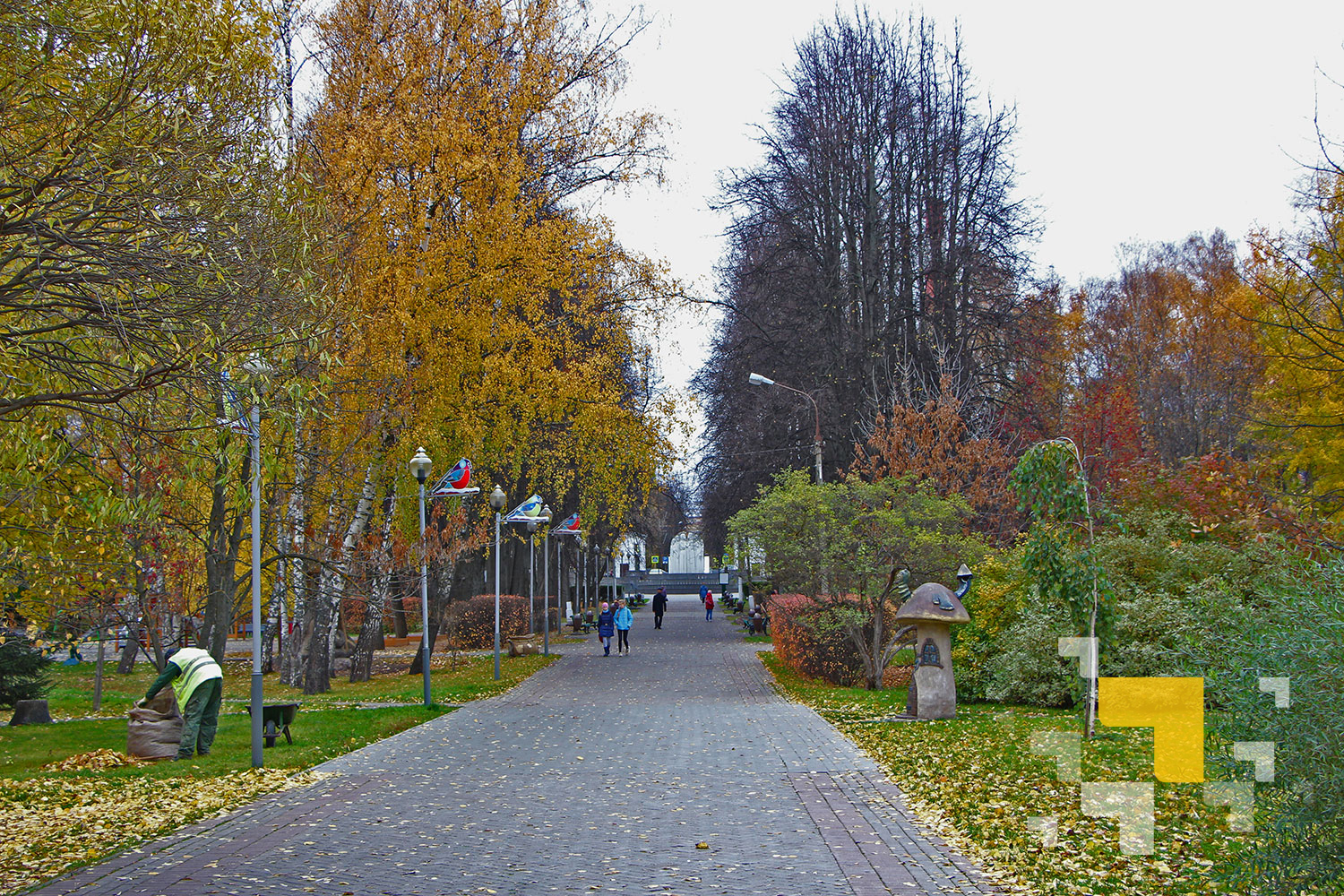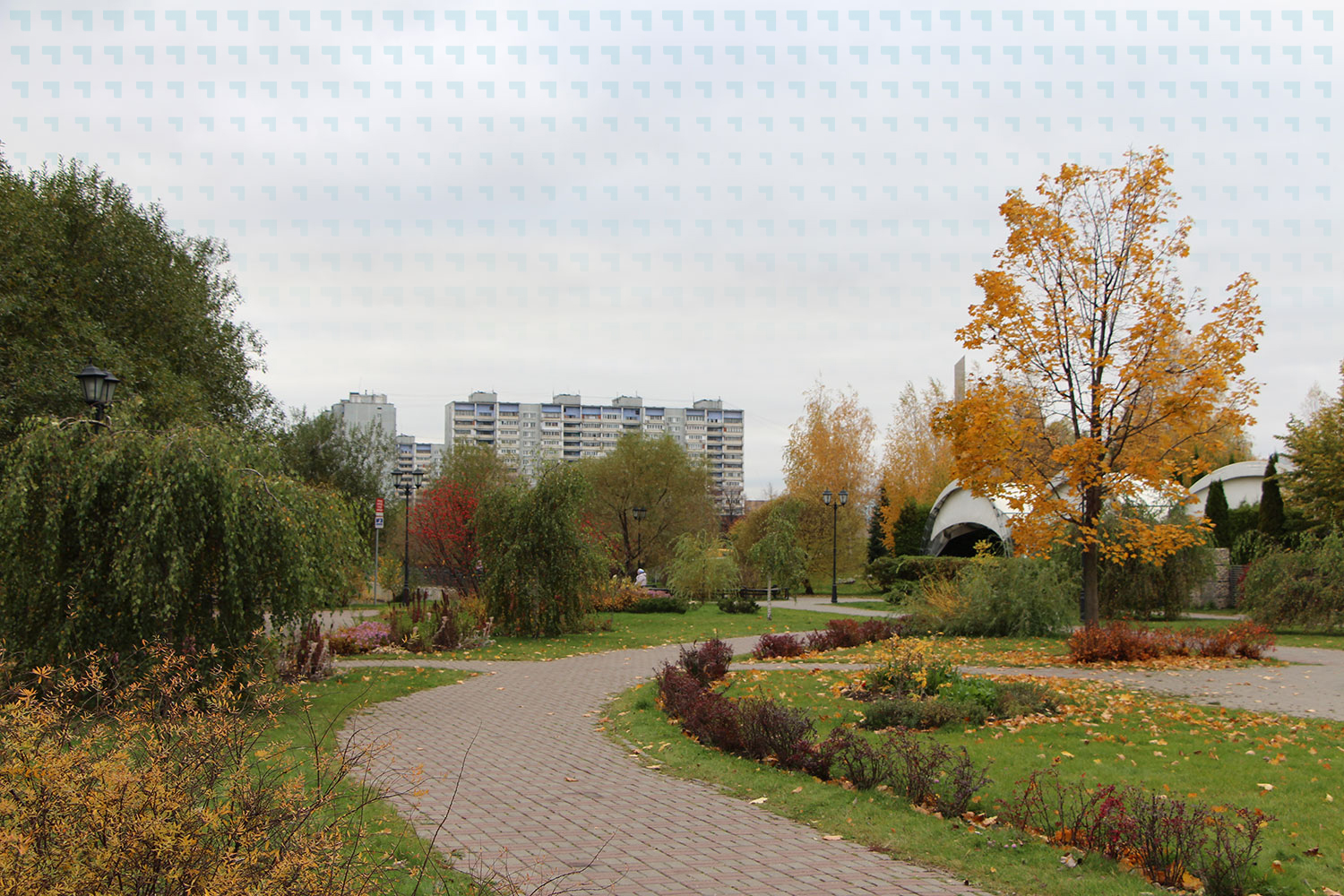
We consider the load on the access points
When working with open public spaces, such as parks and recreation areas, difficulties begin already at the project stage. In a hotel it is easier to calculate the density of users - there is a clear distinction on the purpose of the premises, and the places where people gather are known in advance and change very rarely.

It is more difficult to localize and predict the load in parks. It changes depending on the time of year and can increase several times during events. In addition, it should be borne in mind that in open areas the points “hit” further, and it is necessary to carefully adjust the power and signal level at which the access points will disconnect the client so that it connects to a more powerful signal source. Thus, parks have much higher requirements for the exchange of information between the access points themselves.

You must consider how many users connect to the access point at the same time. We recommend building networks with up to 30 simultaneous connections on each of the Wi-Fi ranges. In fact, points with support for AC Wave 2 and 2x2 MU-MIMO technology withstand up to 100 connections on the range, but with such a load between clients, high interference is possible, as well as a “competition” for bandwidth. This can happen, for example, at concerts: the video will slow down, but a taxi call or uploading photos to Instagram will work without problems.
In Mytishchi park, the maximum load fell on City Day, when on average there were 32 connections per point. The network coped successfully, but usually the access point works with 5-10 users, so the network has a good load margin in almost any usage scenario - from fast messengers to hours of broadcasting on Youtube.
We determine the number of access points
Mytishchi Park is a 400 by 600 meter rectangle with fountains, trees, a Ferris wheel, a boat, a concert hall, playgrounds and many paths. Since park visitors usually walk instead of sitting in one place (with the exception of cafes and relaxation areas), access points should cover the entire territory and ensure seamless roaming.
Some access points do not have wired communication lines, so Omada Mesh technology is used to communicate with them. The controller automatically connects a new point and selects the optimal route for it:

If the connection with the point is lost, the controller builds a new route for it:

The access points are connected between themselves at a distance of 200-300 meters, but on client devices the Wi-Fi receiver power is lower, so 50-60 meters are laid between the points in projects. In total, the park required 37 access points, but the network includes 20 more points of the WI-FI pilot project at bus stops, and the administration plans to connect free Internet to this network at other sites and all stops in the city.
We select equipment

Since we are dealing with the Russian climate, in addition to dust and moisture protection, according to the IP65 standard, attention is paid to temperature conditions. This project used EAP225 Outdoor access points . They connect to the T1500G-10MPS 8-port PoE switches, which in turn are reduced to the T2600G-28SQ . All equipment is reduced to a separate wiring closet, which has two independent power inputs and two different communication channels.
EAP225 Outdoor support the Omada Mesh function, operate in the range from -30 ° C to + 70 ° C, and rare temperatures below the range withstand without loss of performance. Strong temperature changes can shorten the life of the devices, but for Moscow this is not so critical, and at EAP225 we give a 3 year warranty.
From the curious: since access points are powered by PoE, the grounding is brought to a special line, which was previously carried out with power and a fiber-optic communication line. This precaution eliminates static issues. Even when installing on the street, it is necessary to provide lightning protection or place points in safe places and not try to make them too high.
EAP225 uses the standard 802.11 k / v for roaming, which allows you to switch softly and not discharge the end devices. In 802.11k, the user is immediately sent a list of neighboring points, so the device does not waste time scanning all available channels, but in 802.11v the user is notified about the load on the requested point and, if necessary, is redirected to a free one. Additionally, a forced load balancing is configured in the park: the point monitors the signal from clients and disconnects them if it falls below a predetermined threshold.
Initially, for the centralized management of all access points, it was planned to install the OS200 hardware controller, but in the end they left the software EAP controller - it has more capacity (up to 1500 access points), so the administration will have the opportunity to expand the network.
We set up work with users and launch it in open access

Since the customer is a municipality, it was separately discussed how users will enter the network. TP-Link has an API that supports several types of authentication: SMS, using vouchers and via Facebook. On the one hand, call authentication is a mandatory procedure under the law, and on the other hand, it allows the provider to optimize work with users.
Mytishchi Park uses authentication by calling through the Global Hotspot service: the network remembers the client for 7 days, after which it requires re-logging. Now about 2000 clients are already registered in the network, and new ones are added all the time.
To exclude “pulling the blanket over yourself”, the access speed for users is limited to 20 Mbps, which is sufficient for most street scenarios. While the incoming channel is only half loaded, therefore, traffic restrictions are disabled.

Since the network is public, testing was carried out in the field: a month before the official opening, visitors were connected to the network, and technicians at this load debugged program control. It was fully launched on August 31 and so far has been working without interruptions.

On this we say goodbye. If you’re in Mytishchi Park, be sure to test our network until others have learned about it and had to include speed and traffic restrictions.
Our gratitude to UIA “TV Mytishchi” and Stanislav Mamin for help in preparing the publication.